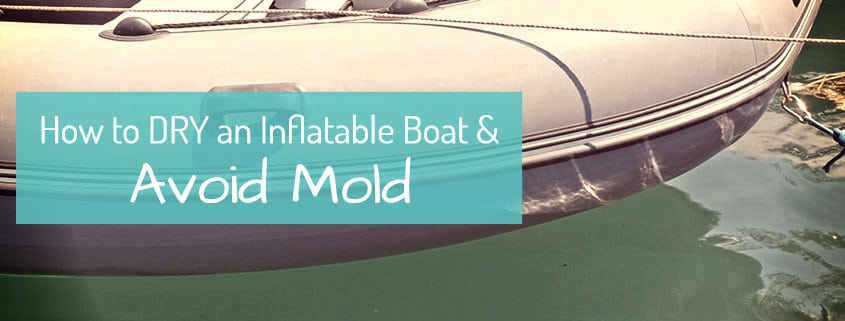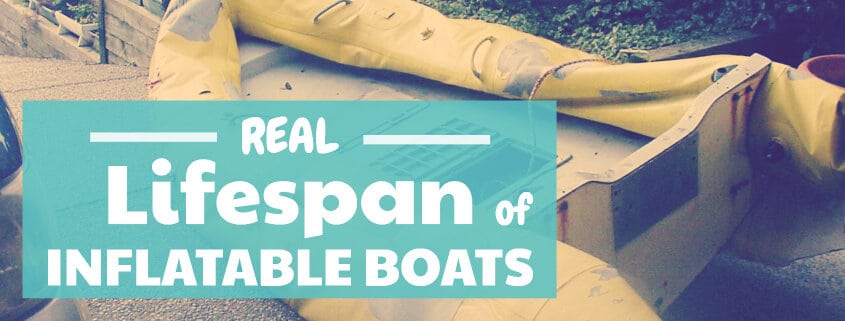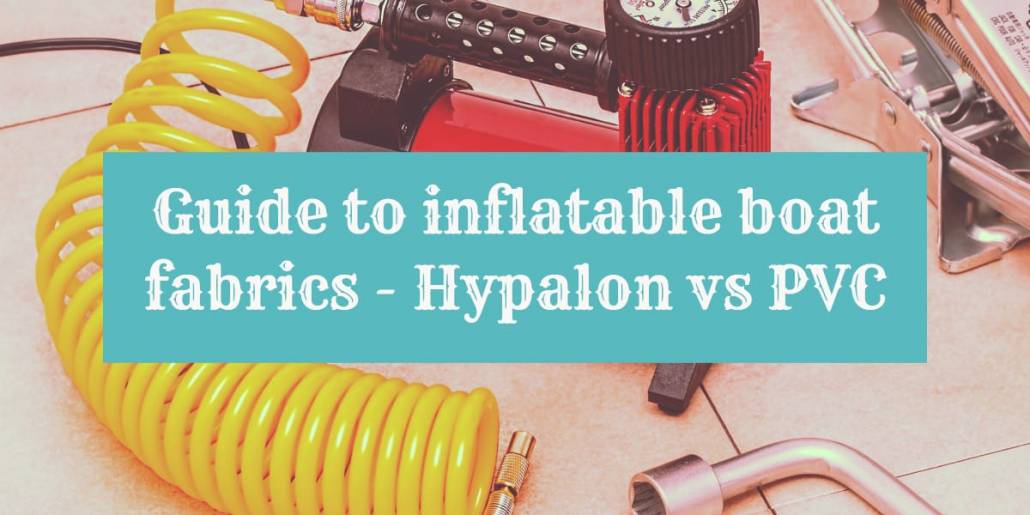Inflatable boats are hard wearing, but without proper care, your inflatable boats will not last as long as they were meant to. As durable as they may be, we have to take necessary precautions to keep them in good condition.
One of the problems that inflatable boat owners face is the formation of mold and mildew in their boats.
Mold can cause your inflatable boat to degrade over time.
Not to mention, it smells really bad.
So to keep your inflatable boats in top condition, here are a few clever tips and advice on how to properly dry your boat and how to keep mold and mildew away.
Contents
Drying your inflatable boat properly
After a day of fun on the water, one would think drying your dinghy out would be a tiresome task.
But, we have a step-by-step guide on how to dry it properly and some few tips on how to help make the entire process quick and easy:
- To start, remove seats, bags, and other items from your dinghy.
- Use a towel to dry the outer part of your inflatable boat.
- Deflate the floor, and then tilt the boat sideways or upside down to drain excess water from the boat.
- Wipe the remaining water in the boat.
- Use the towel to clean any debris, sand, or gravel in the boat.
- Deflate the rest of the inflatable boat.
- Use a different towel to continue drying up the boat.
- Check if there are still damp areas.
- Roll it, and wipe as you roll.
- You can now pack it away.
Tip: Always bring more than 2 towels for drying out your inflatable boat, depending on the size of your boat. Switching to another dry towel while drying your boat will help prevent any moisture build up.
Remember: It won’t be a problem if you cannot get rid of all the sand and gravel out. As long as your dinghy is dry, there will be no issues.
A Lazy Hack: If it’s sunny out, you can opt to leave your inflatable boat out to dry for a short period of time. Inflatable boats dry up pretty easily anyway, especially inflatable ones that are made out of PVC.
Just leave it inflated to dry the hull. After a while, flip it over to let the excess water drip out and to let the outer surface dry up.
But, make sure to still wipe hard to get any sneaky areas because the sun alone won’t do the trick.
Remember not to leave your boat exposed to the sun for a long period of time. Too much exposure to UV rays might result in your boat’s condition deteriorating over time. You can also try coating your inflatable boat to keep it protected with 303 UV Protectant, get it here.
How to store your SIB to prevent mold and mildew
The key to preventing your soft inflatable inflatable boat from getting moldy is to clean and store it properly.
Below is a guide on how to clean and store your dinghy.
Step 1: Wash your inflatable boat
The first step is to treat your SIB to a good washing. Use mild soap. You can use car wash soap or even dish soap. Contrary to popular belief, MEK and Toulene are harsh chemicals that can degrade the top coat off of both Hypalon and PVC, so use them as rarely as you can.
A hidden gem you can use to wash your inflatable boat is Spray Nine Heavy Duty Cleaner. It’s both a degreaser and a disinfectant. Check out stores that offer it here.
Lastly, don’t forget to rinse your dinghy properly.
Tip: For stubborn stains, try using a citrus hand cleaner with pumice. It might take a lot of hard work, but it’s effective and it doesn’t contain any harmful and harsh chemicals.
Step 2: Dry your boat
Next step: Drying it out. You can refer to the step-by-step guide in the first part of the article.
You can use towels or let the sun do the work. The latter is less recommended.
For areas that you cannot reach even with a towel, you can try to use a blow dryer. Just keep in mind not to blast your inflatable boat with high temperature and to blow dry it from a considerable distance.
You can also choose to let your dinghy air dry. This is the best way to make sure that it’s really dry and is ready for storing.
Step 3: Fold your boat properly
Before storing your dinghy, make sure that you have gotten rid of any moisture from the hull, inside and out. Be very meticulous, because mold usually appears even with the tiniest hint of dampness when kept in storage.
Before packing your boat away, make sure you fold it correctly. Here is an illustration of the proper way to folding an inflatable boat:
- Fold the pontoons in, and make sure they are not wider than the transom.
- Lay it flat.
- Next, fold the cones in.
- Roll up the boat, beginning from the transom. Fold the nose and finish rolling the boat.
- Place folded boat and accessories on the carry bag. Fold the flaps, and close the bag.
Step 4: Where to store your deflated inflatable?
And the last step: storage.
Now, this might seem to be the easiest part, but there are a few things you want to keep in mind.
First of all, make sure you store the boat in a ventilated area. Keeping it in an airtight box is not a good idea.
Second, don’t keep it in a place where it can heat up excessively. For example, a garden tool shed which heats up under the sun is not a good place to store your inflatable boat.
Tip: If you’re storing it for a long period of time, you can pack your dinghy up with dryer sheets or moisture absorber like DampRid, buy it here.
Other options are putting silica gel or homemade desiccants to keep it dry. Use these especially if you are going to store your dinghy in a humid environment or during the winter season.





![[Guide] Inflatable Sports Boat Registration in All US States (2024 Update)](https://pumpupboats.com/wp-content/uploads/2019/02/A-guide-on-inflatable-sports-boat-registration-in-all-US-states.jpg)
Hello,
My older inflatable Avon got water INSIDE the tubes. Don’t ask how/why/who. I don’t like to play the blame game… especially if I’m to blame.
I used my shop vac to suck out most of the water through the inflation valves, but it’s still wet inside the tubes.
Any ideas to dry them out? Should I not worry about it?
Thanks
Hi Ed, you need to inflate your boat and turn it to a position where the valve is at the very bottom, so the water drips down to the valve. Leave it like that for a while so all the water collects on the valve, then open it, and the water should come out.
Don’t worry about drops of water inside the tube here and there.